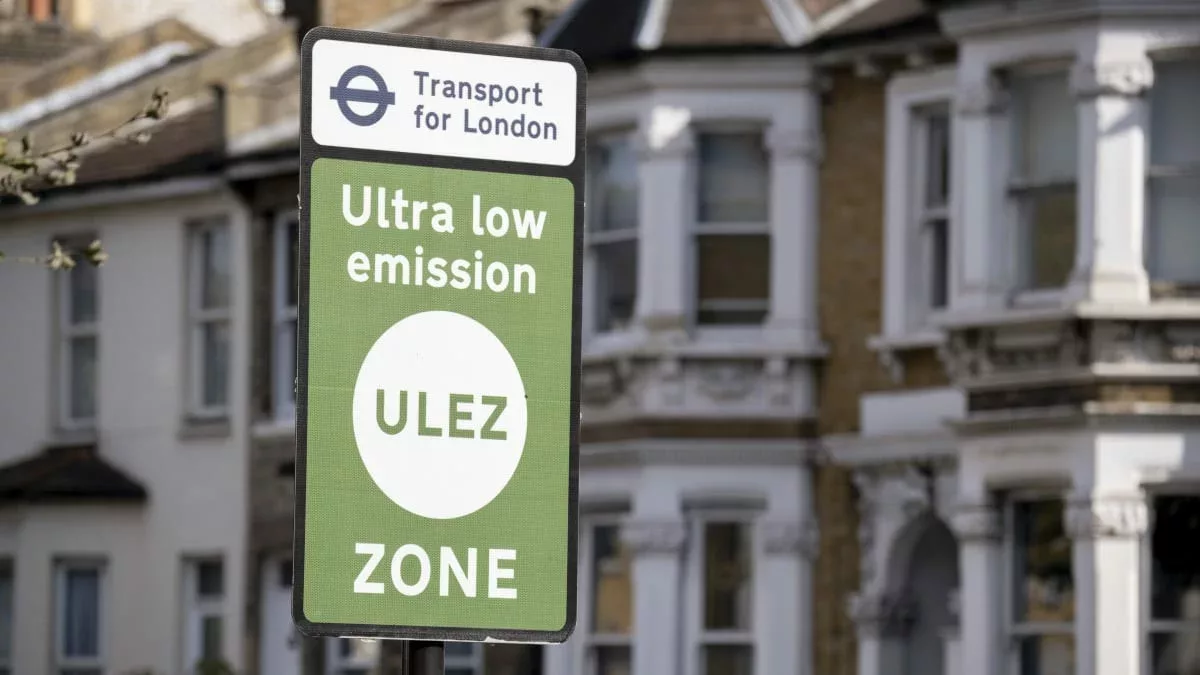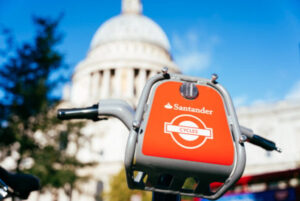London City Hall’s latest data reveals that the ULEZ expansion across all boroughs last year has yielded a moderate reduction in harmful emissions, though not as significantly as its initial launch in 2019.
AutoExpress reports that within just six months, the Greater London Authority (GLA) reported a 3.5 per cent decrease in harmful roadside emissions. Notably, nitrogen oxide (NOx) gases, which convert into hazardous nitrogen dioxide (NO2) in the air, saw a 13 per cent reduction from car traffic and a 7 per cent reduction from vans.
The £12.50 daily charge for non-compliant vehicles has been a driving factor behind this change. Many motorists have opted for newer, ULEZ-compliant cars, with City Hall noting a rise in compliant vehicles in outer boroughs from 93 per cent in June 2023 to 97.1 per cent six months later. Despite the same volume of vehicles on the roads, the shift to cleaner cars has played a crucial role in lowering emissions.
However, says Motor1, the recent ULEZ expansion’s impact pales in comparison to the scheme’s original implementation. While the ULEZ expansion has brought about positive environmental changes, the current reductions are modest compared to the dramatic improvements seen in 2019. Five years ago, the first ULEZ rollout nearly halved harmful emissions in Central London by 48 per cent and cut them by 21 per cent in Inner London within a year.
Financially, ULEZ has proven lucrative for TfL. In its inaugural month, the expanded zone generated £23.6 million, escalating to £130 million within five months. Despite these impressive figures, TfL projects that the scheme won’t turn a profit until 2026. Over £210 million has been allocated to a scrappage scheme, offering drivers of non-compliant vehicles either a £2,000 payment or a lower sum paired with an annual London bus pass.






















